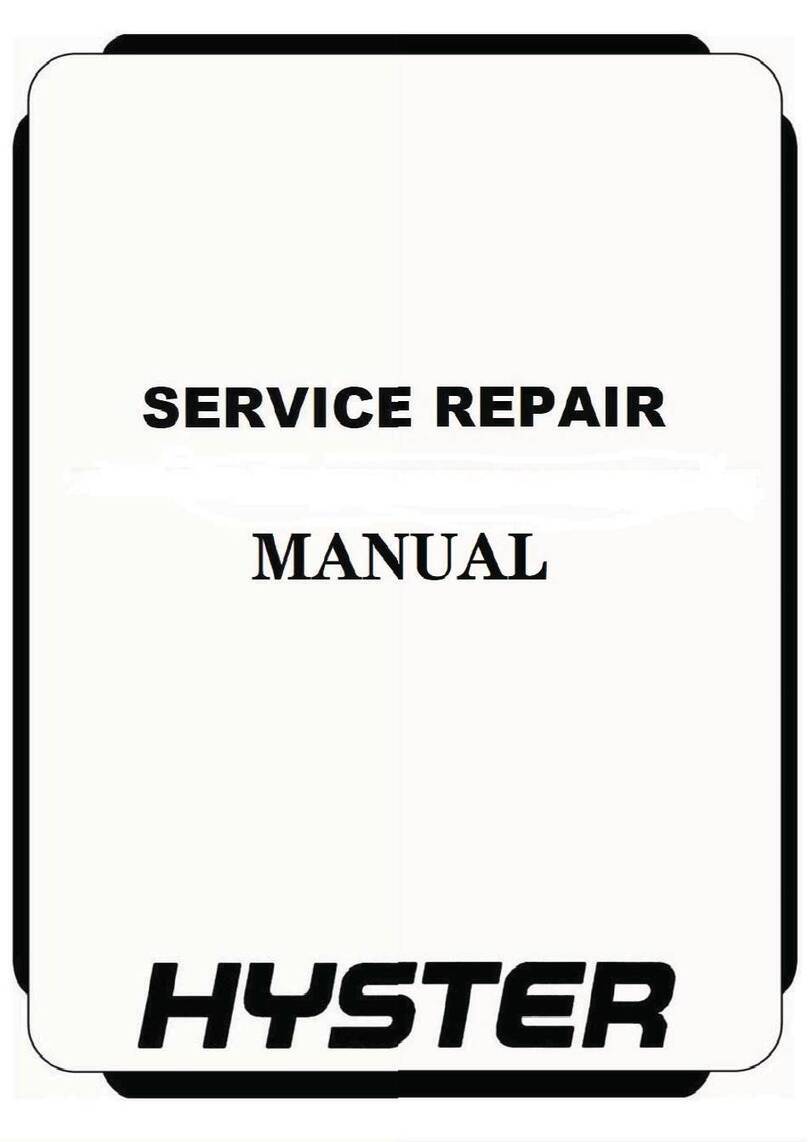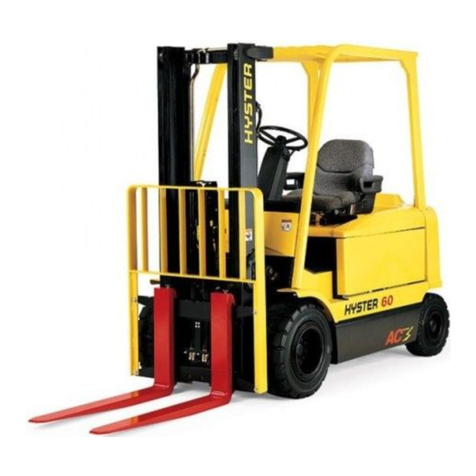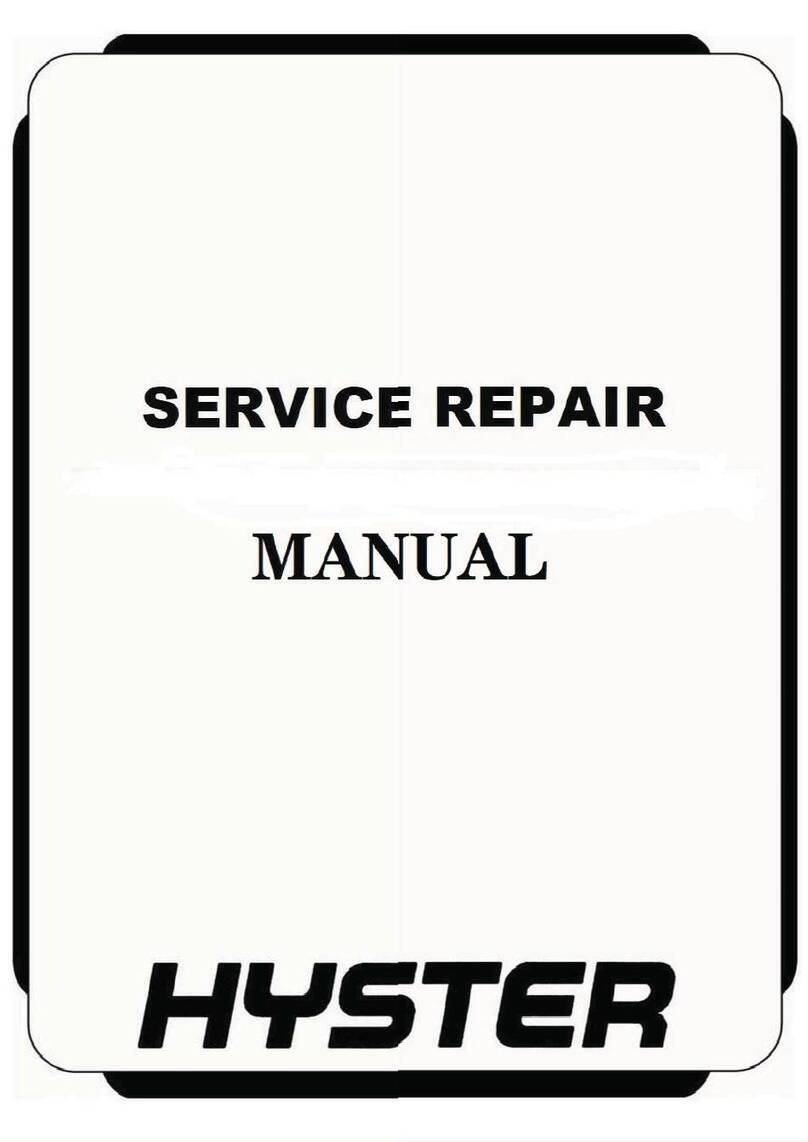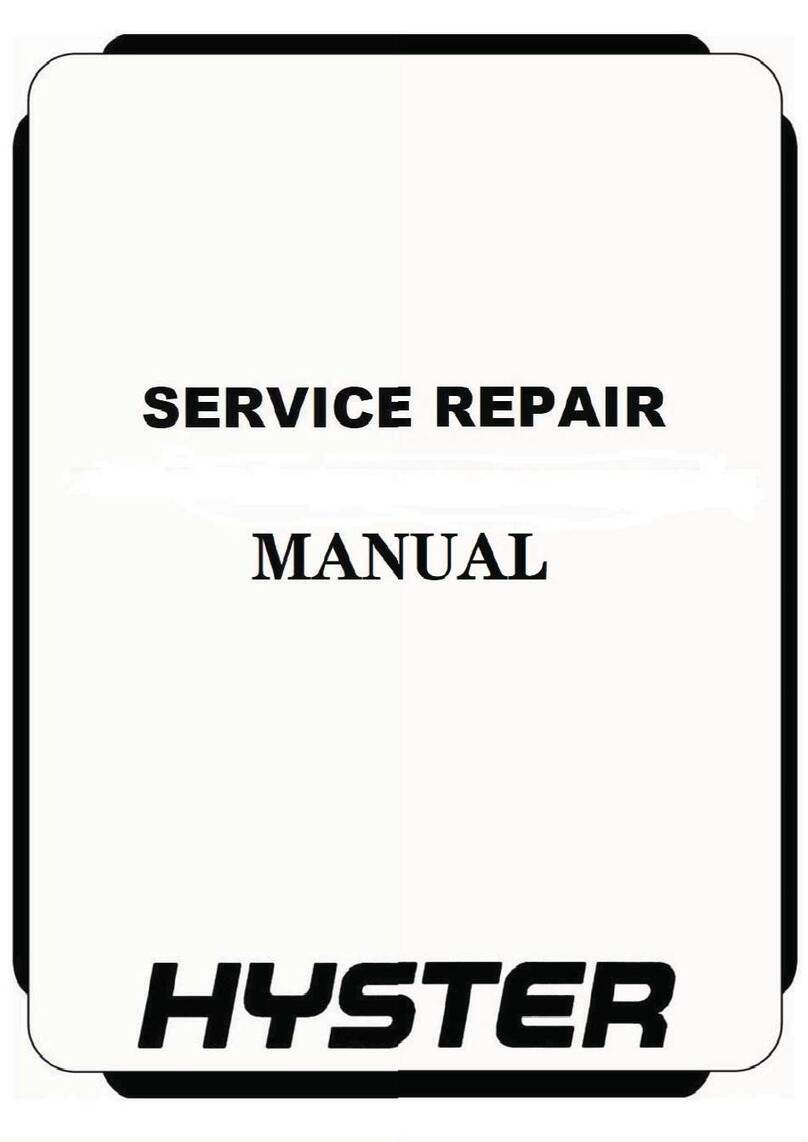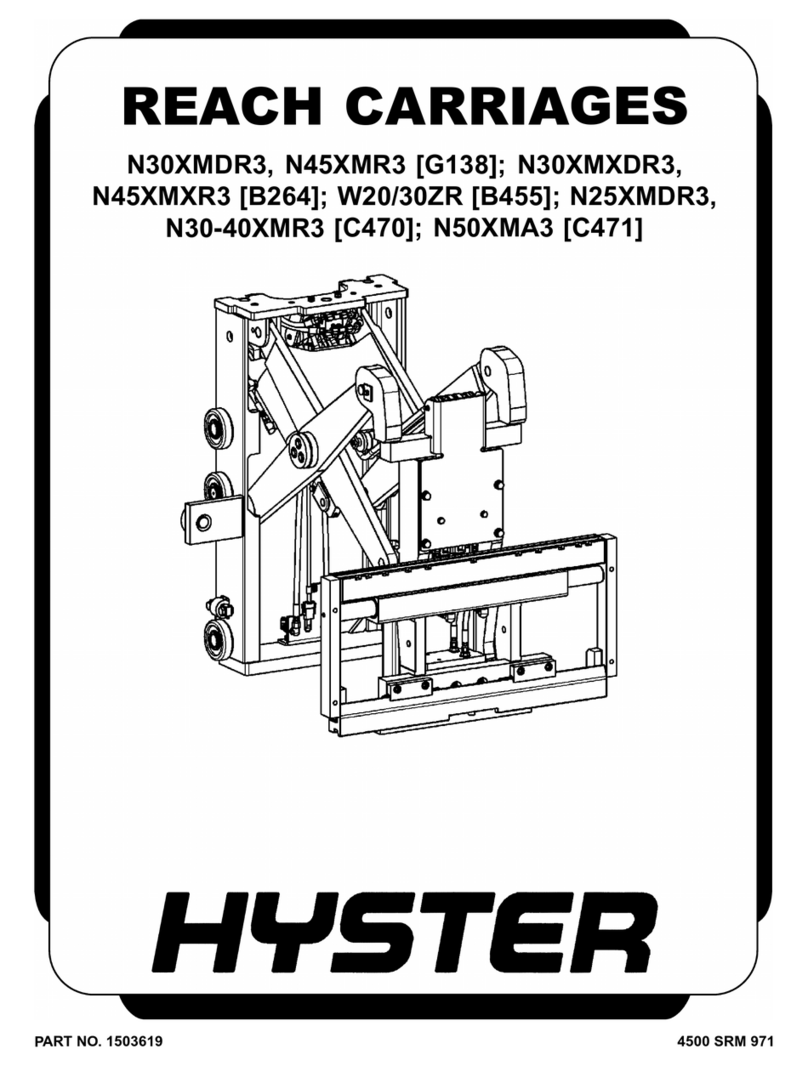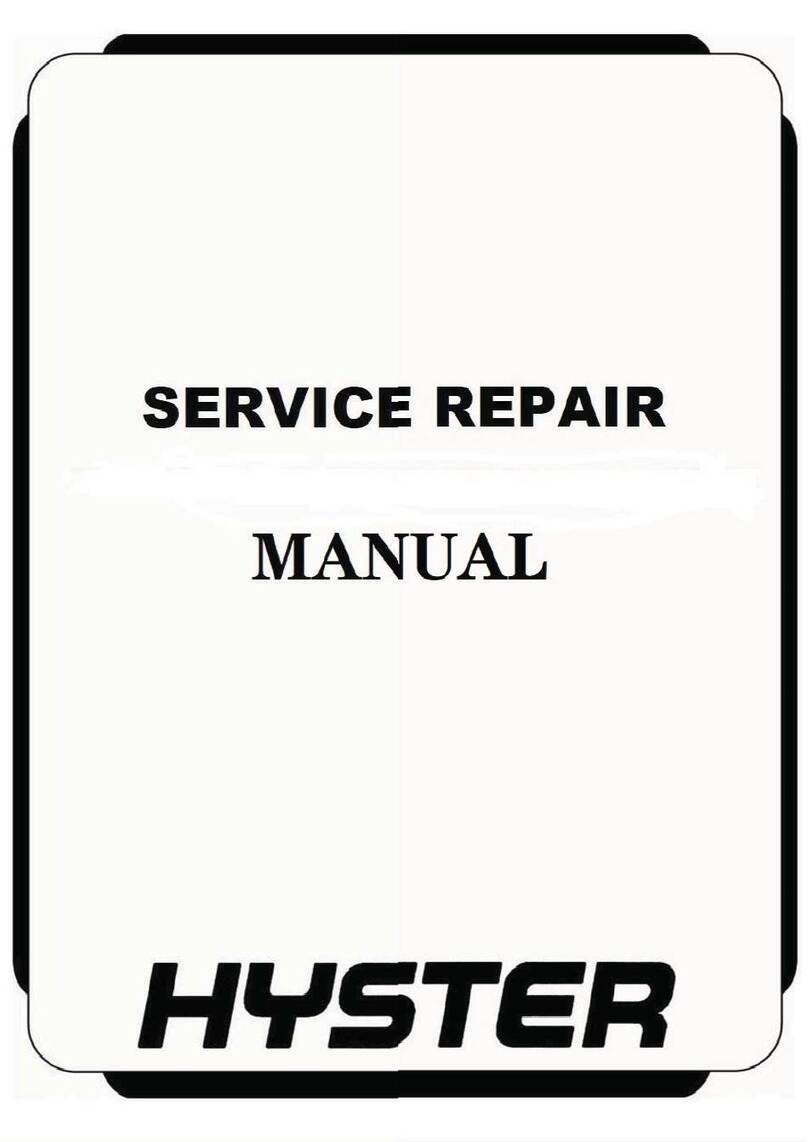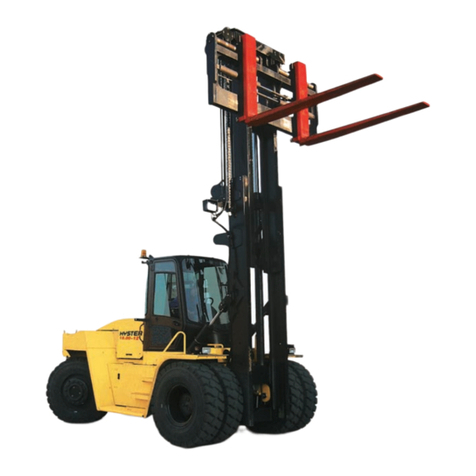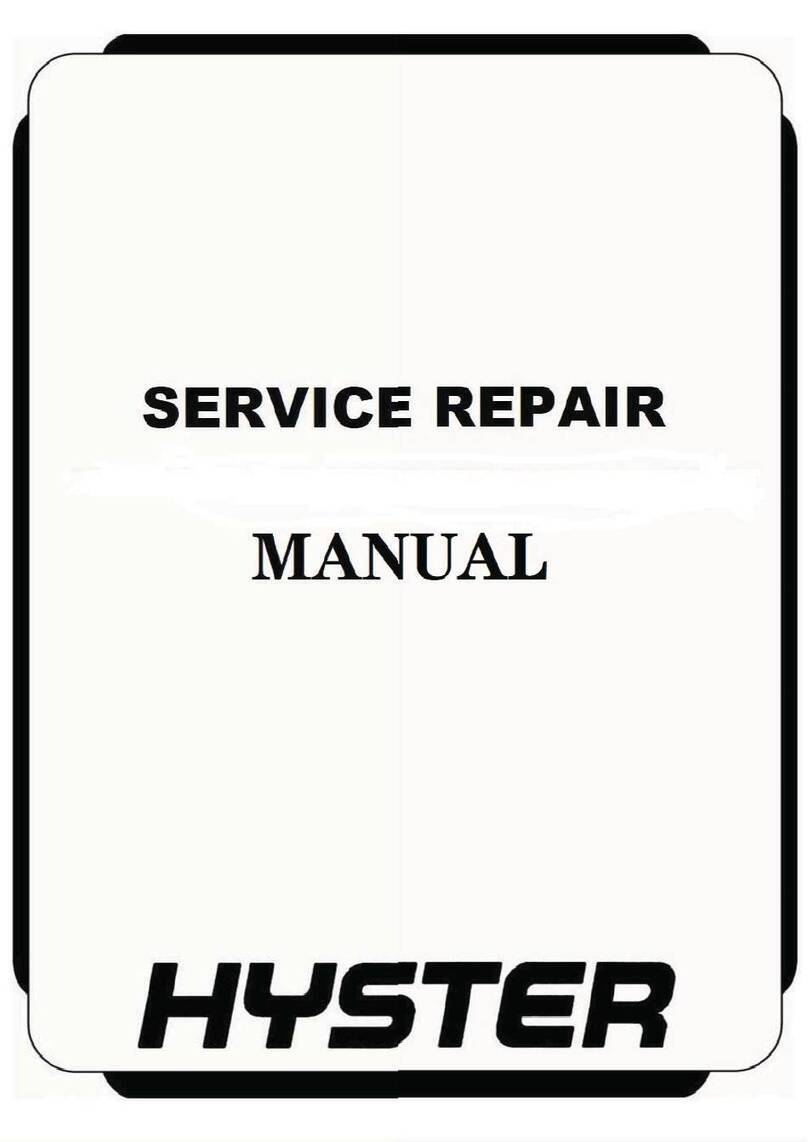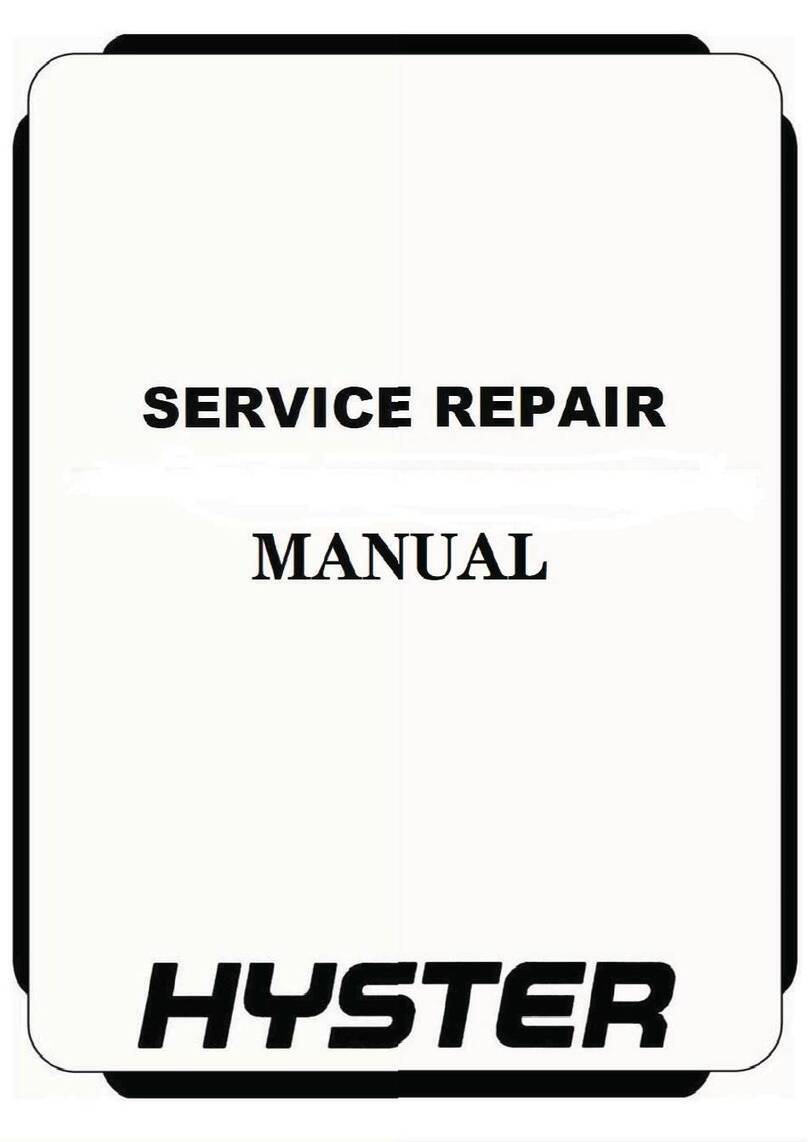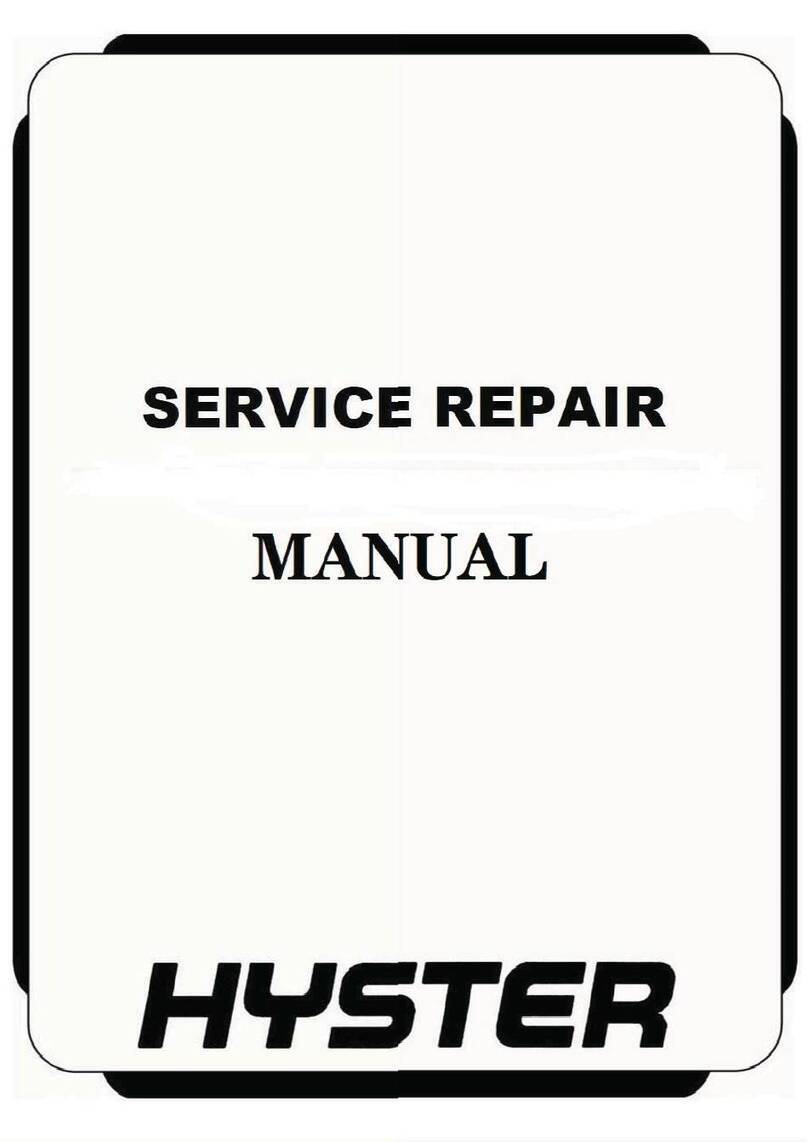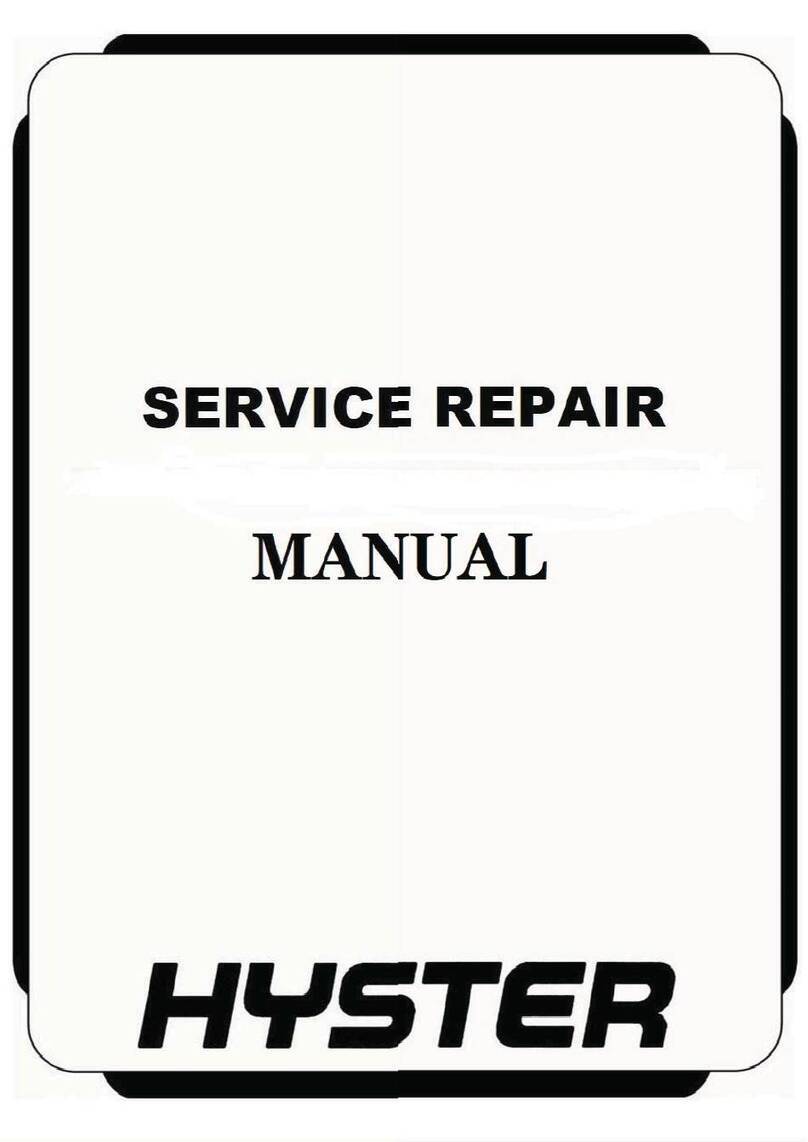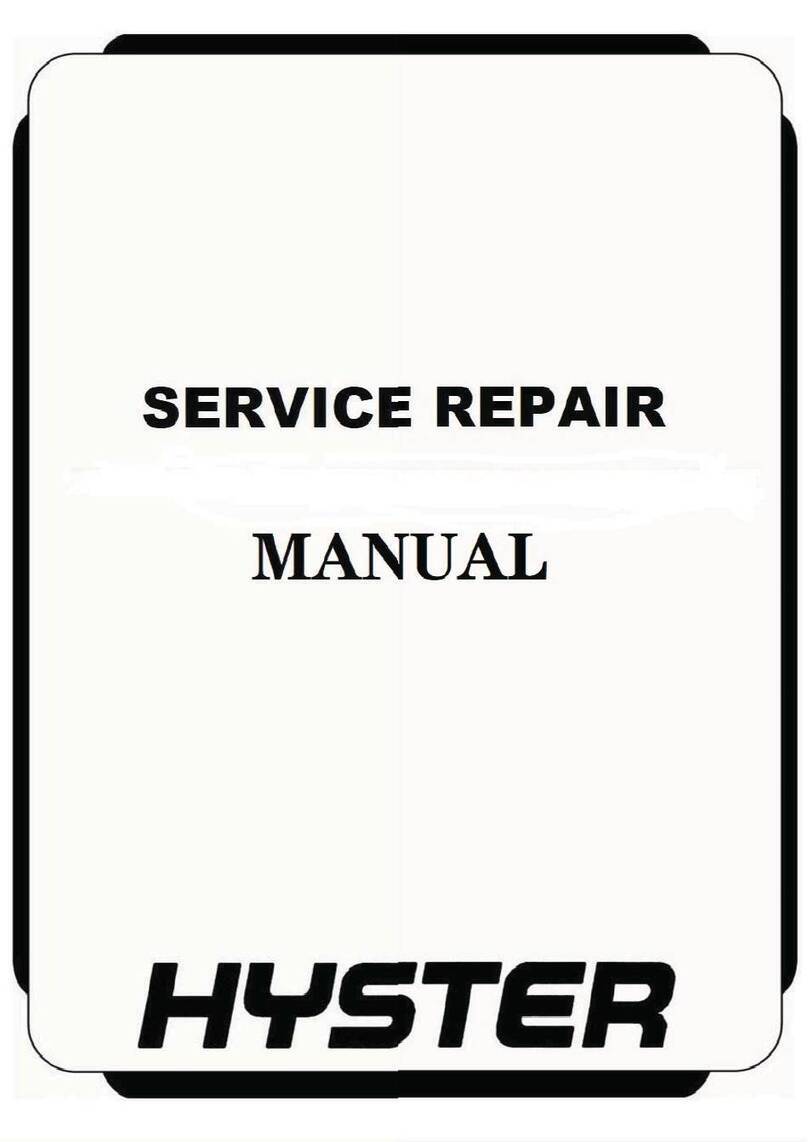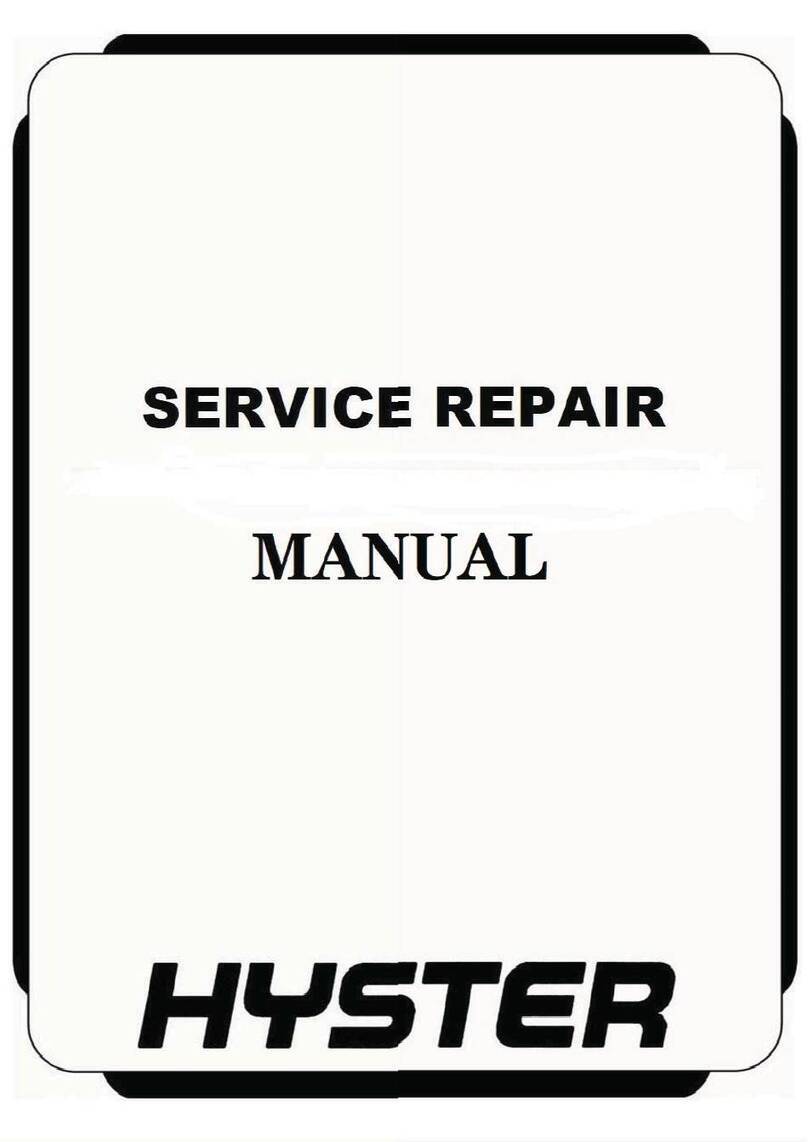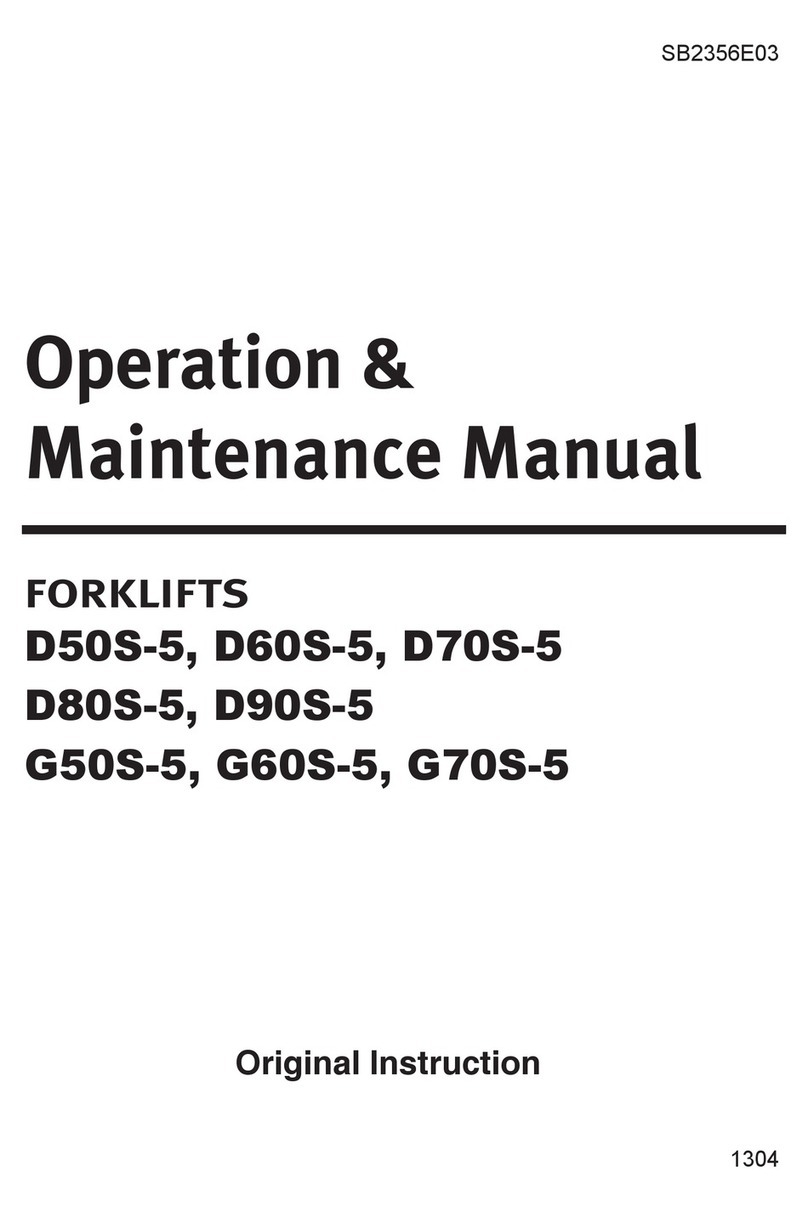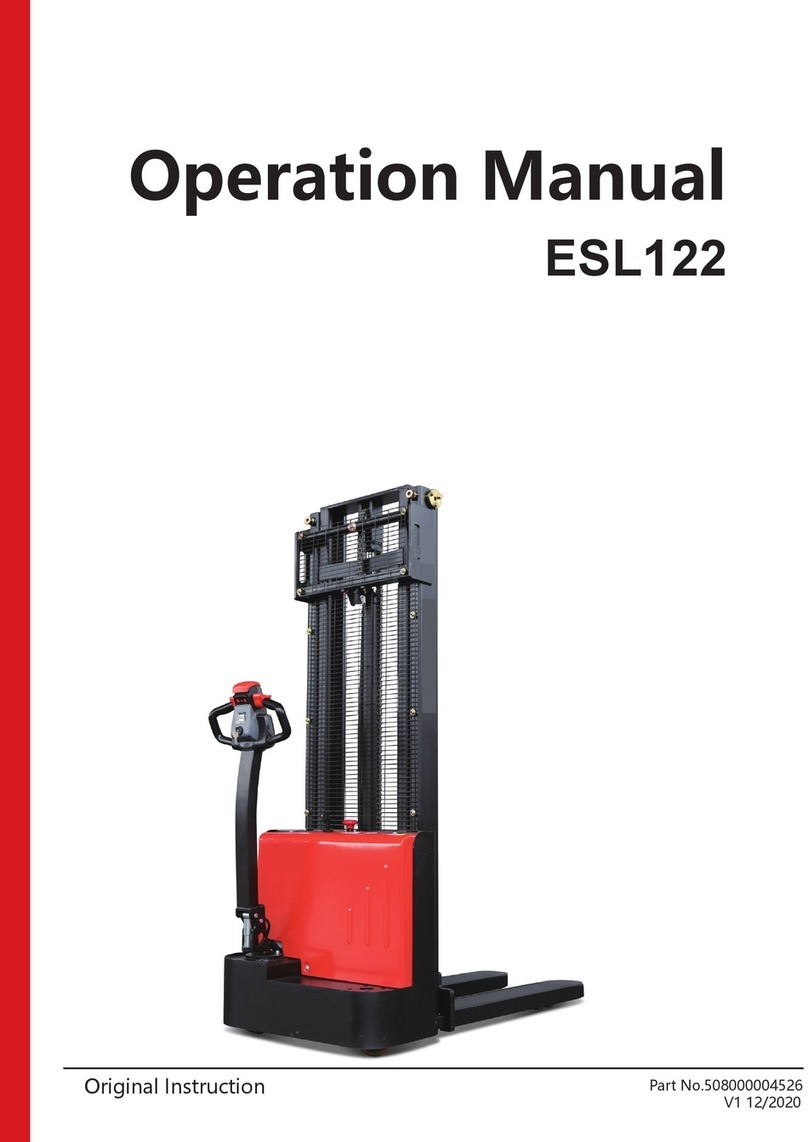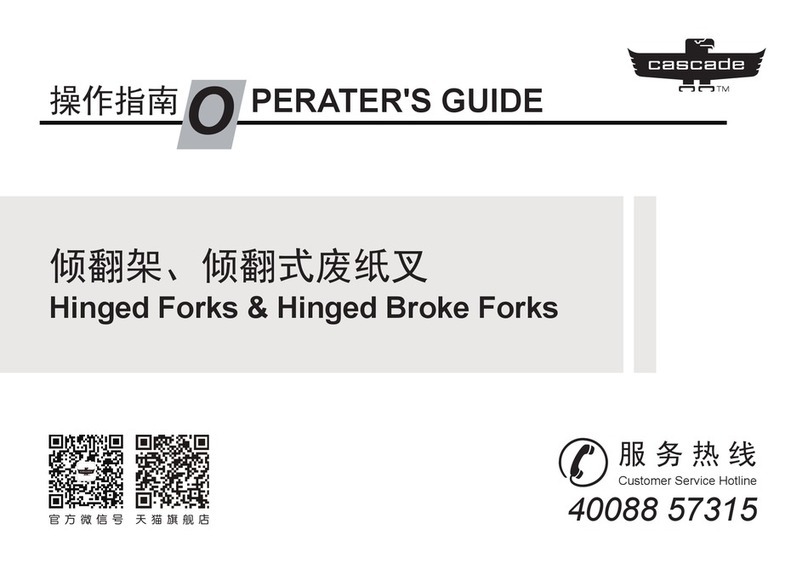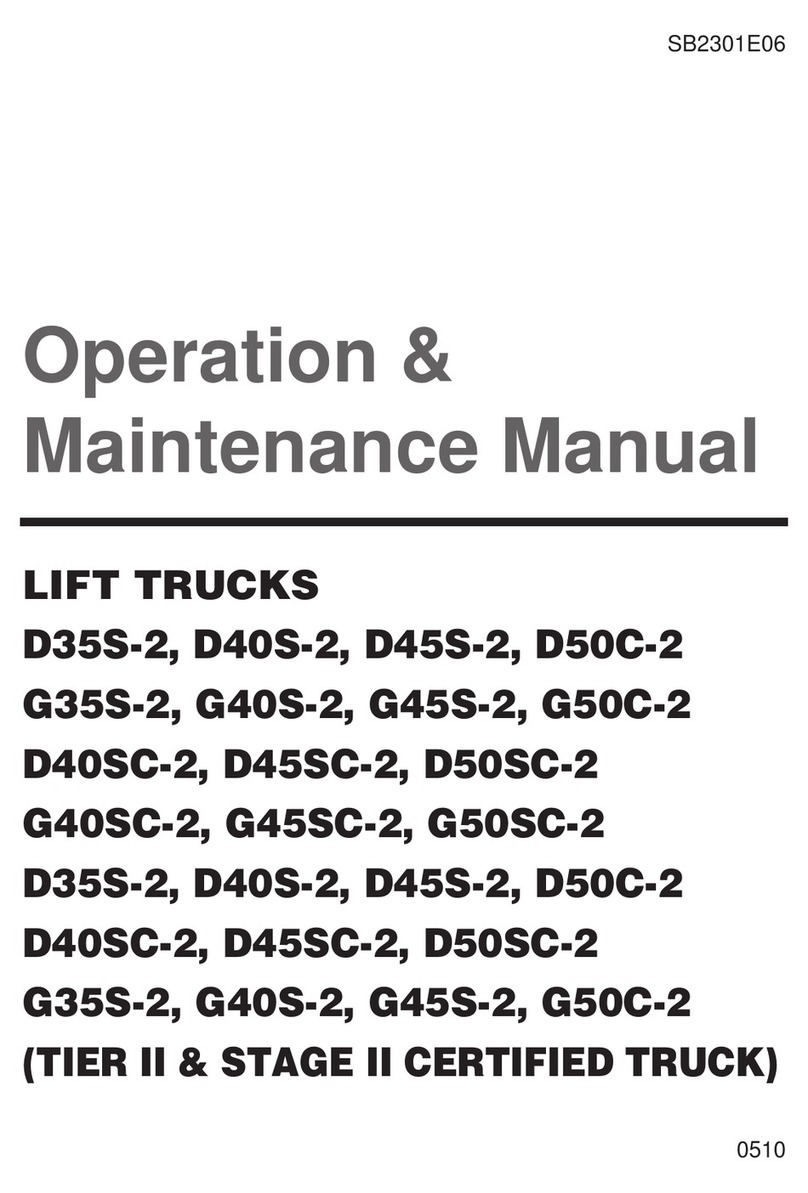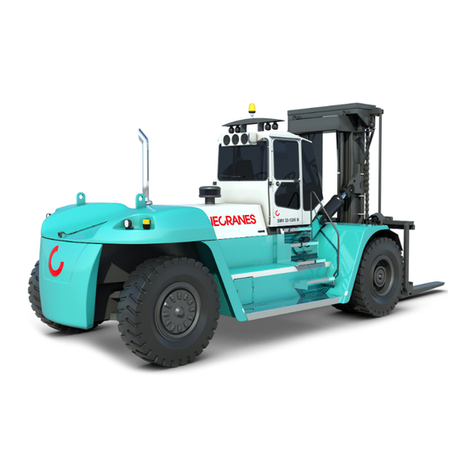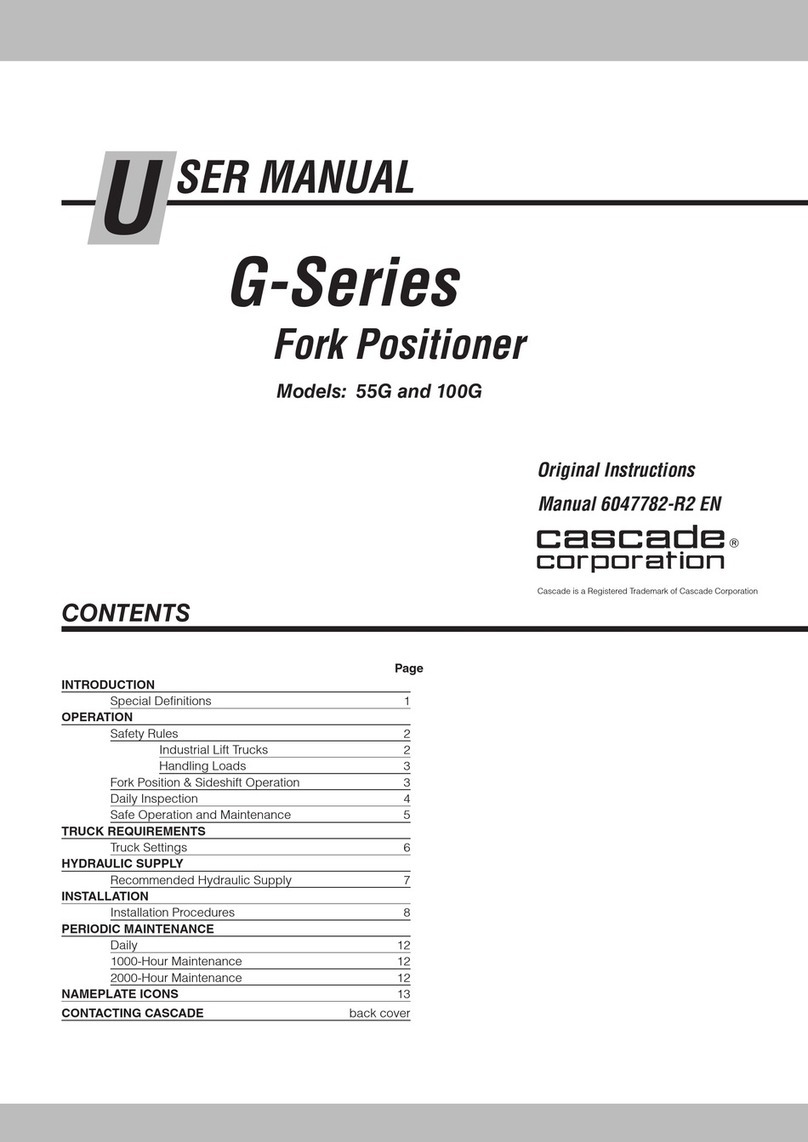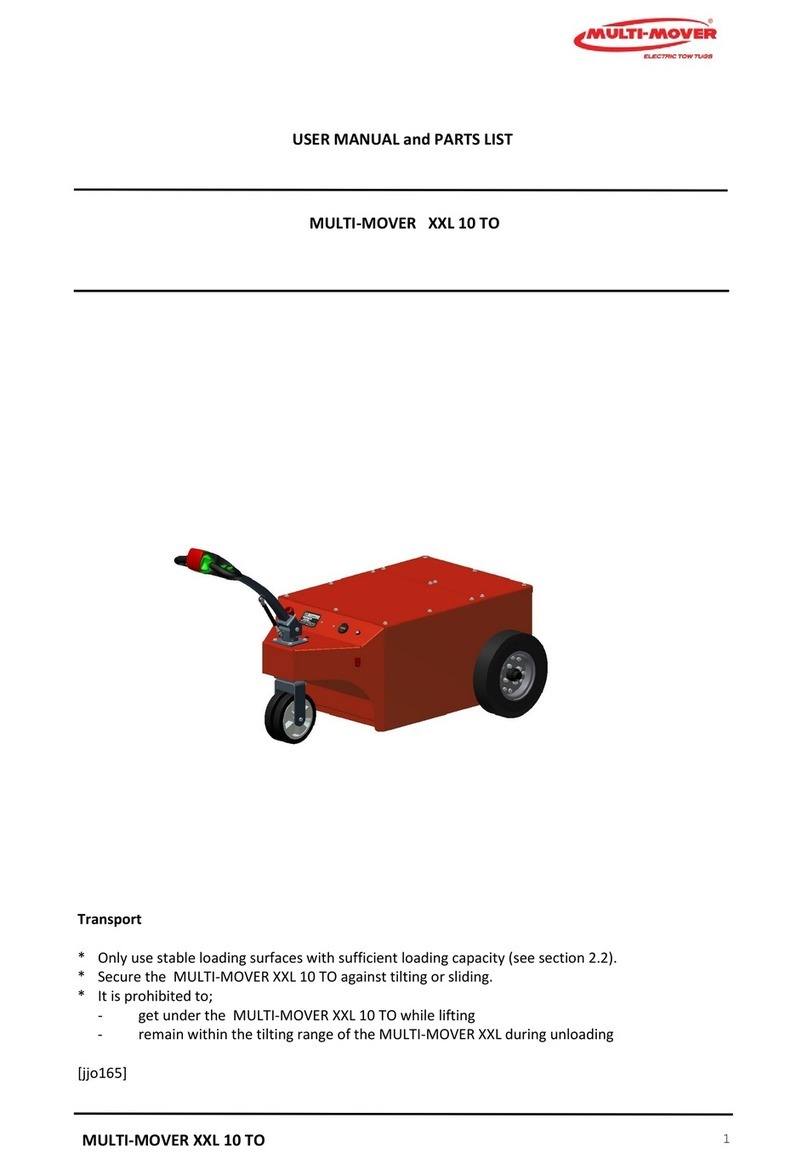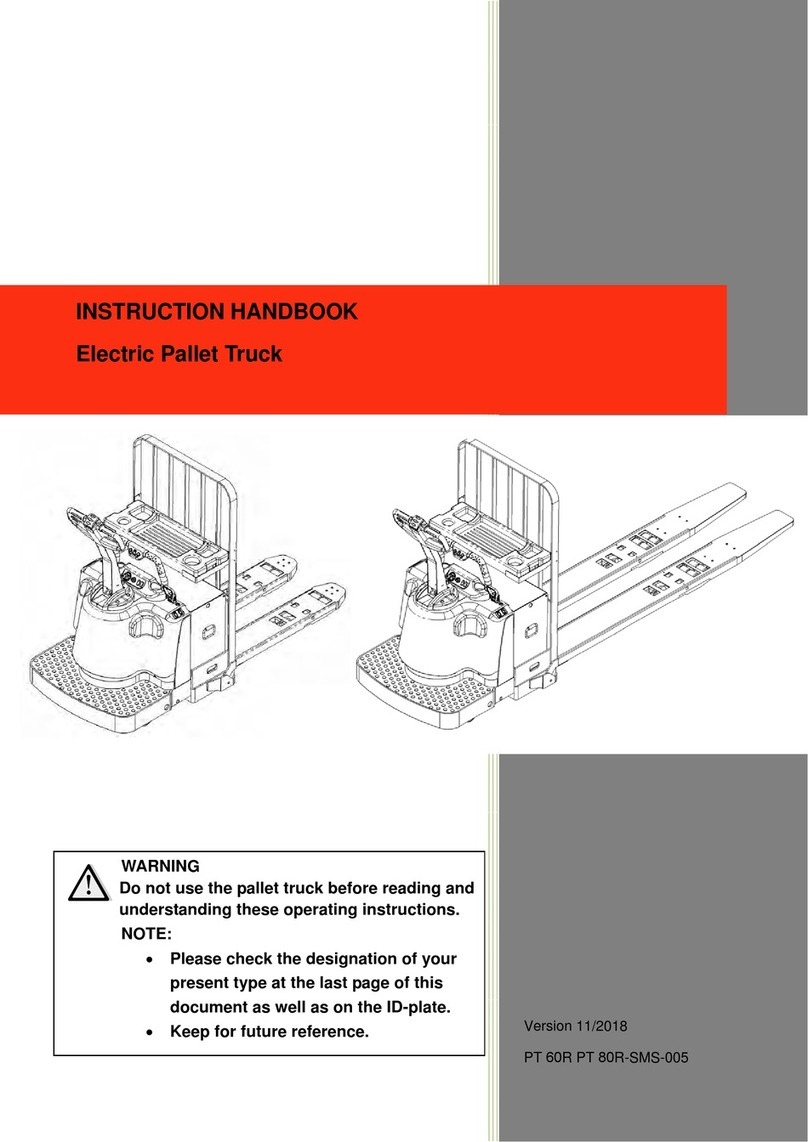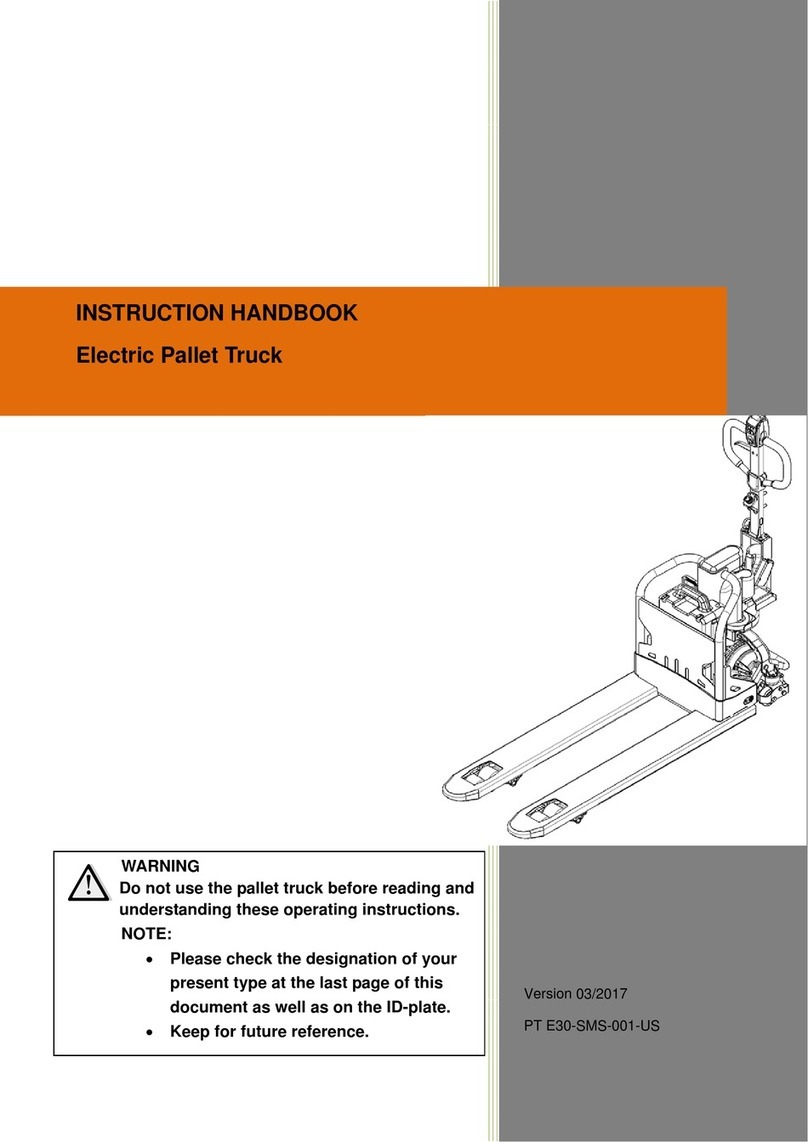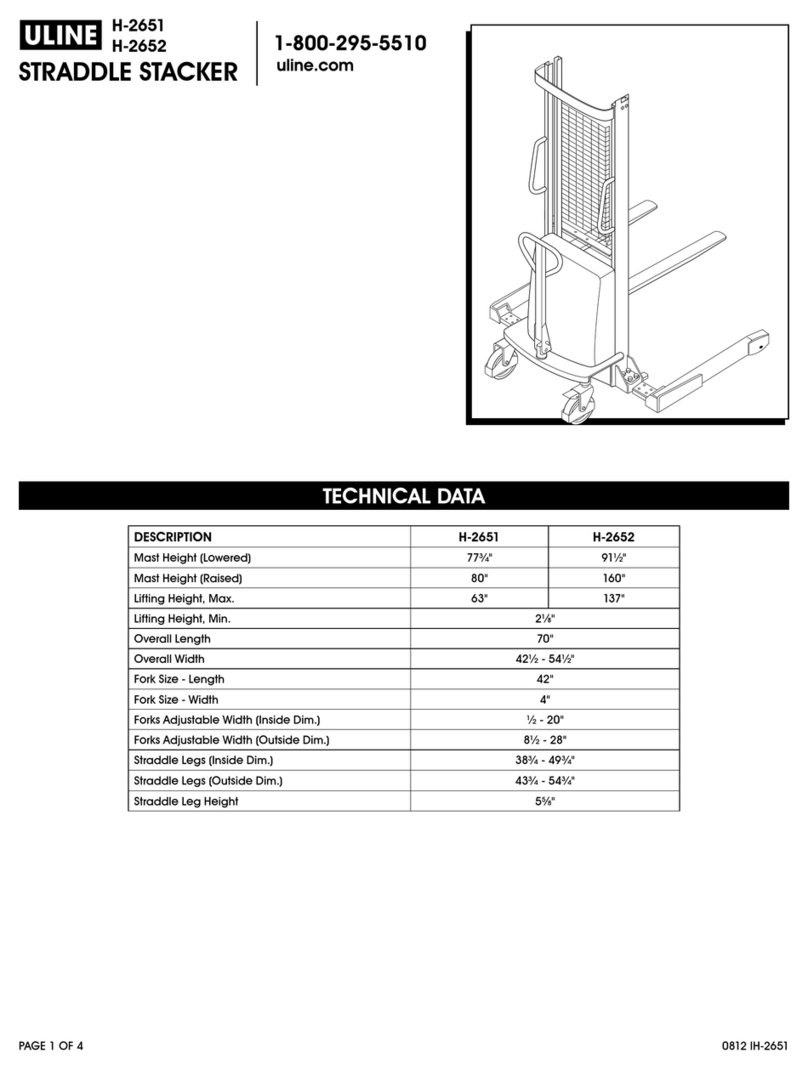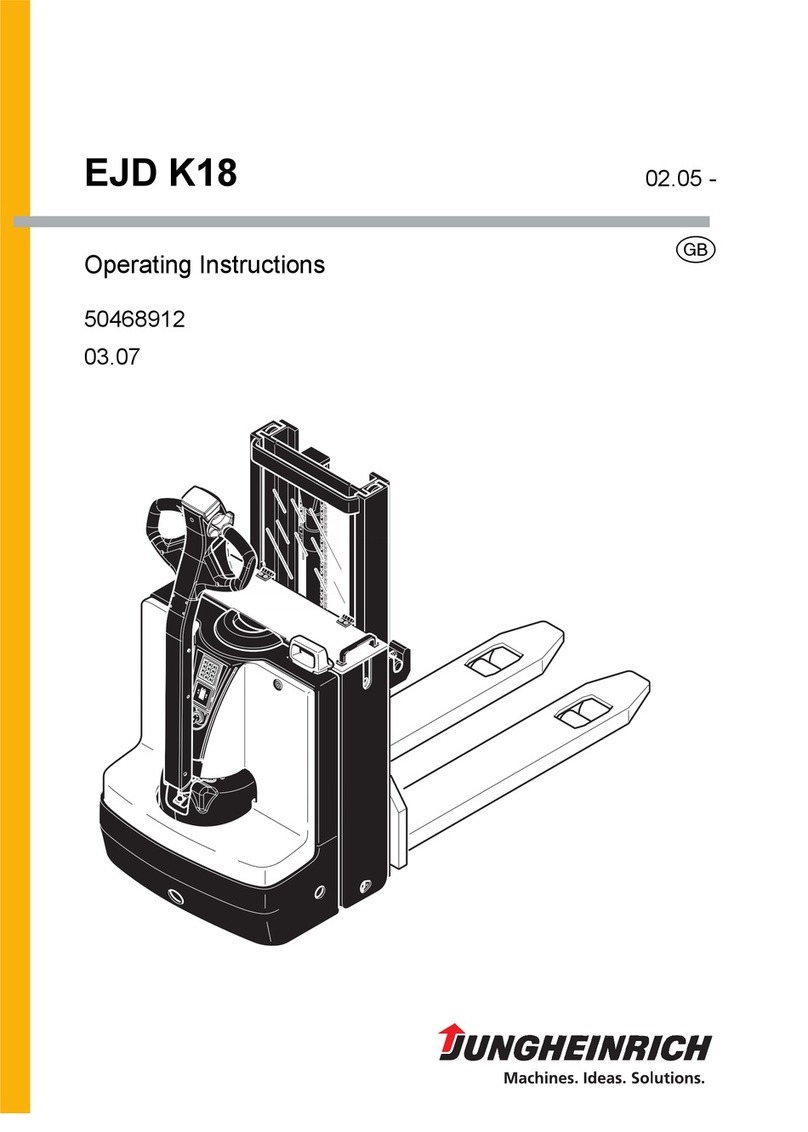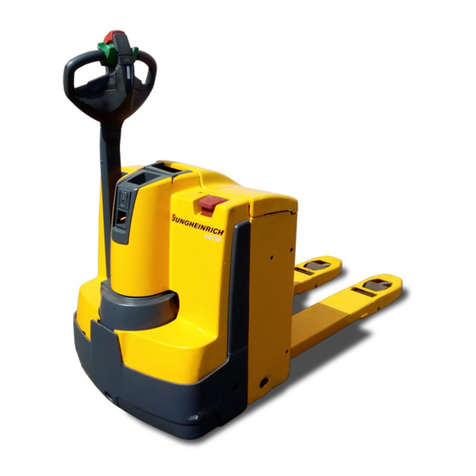
General
INTRODUCTION
Procedures are outlined for controller programming
and troubleshooting.
DISCHARGING THE CAPACITORS
WARNING
DO NOT make repairs or adjustments unless you
have been properly trained and authorized to do
so. Improper repairs and adjustments can create
dangerous operating conditions. DO NOT operate
a lift truck that needs repairs. Report the need for
repairs to your supervisor immediately. If repair is
necessary, attach a DO NOT OPERATE tag on the
steering wheel and disconnect the battery.
Disconnect the battery and allow the capacitors to
discharge before opening any compartment
covers or inspecting or repairing the electrical
system. DO NOT place tools on top of the battery.
If a tool causes a short circuit, the high current
flow from the battery can cause personal injury or
property damage.
Some checks and adjustments are performed with
the battery connected. DO NOT connect the
battery until the procedure instructs you to do so.
Never wear any metallic items on your fingers,
arms, or neck. Metal items can accidentally make
an electrical connection and cause injury.
Before performing any tests or adjustments, block
the lift truck to prevent unexpected movement.
The capacitor in the transistor controller(s) can
hold an electrical charge after the battery is
disconnected. To prevent an electrical shock and
personal injury, discharge the capacitor(s) before
inspecting or repairing any component in the
drive unit compartment. Make certain that the
battery has been disconnected.
DO NOT short across the motor controller
terminals with a screwdriver or jumper wire.
1. To avoid injury and prevent electrical shock,
perform Step 2 through Step 6 to discharge the
capacitors before troubleshooting,
making adjustments or repairs, or connecting
or disconnecting a PC service tool:
2. Turn the key or keyless switch to the OFF
position and DISCONNECT THE BATTERY
by pushing forward on the battery disconnect
lever.
3. Block the lift truck so the drive wheels are off
the floor to prevent lift truck from moving.
4. Remove the electrical compartment cover to
access the lift controller.
NOTE: The lift and traction controllers are wired
parallel. Connecting the resistor across the lift
controller will also discharge capacitors in the
traction controllers if they are properly connected.
To discharge the capacitors in each controller
individually, refer to Periodic Maintenance
8000SRM1472.
5. Discharge the capacitors in the controllers by
connecting a 200-ohm, 2-watt resistor across
the lift controller’s negative (B-) and positive (B
+) terminals. Wait at least 20 seconds to be
sure that the capacitors are fully discharged.
See Figure 1.
6. Remove the resistor from the controller and
reinstall the electrical compartment cover
before returning the lift truck to service.
There are two controllers used for the Order
Selectors. The application of each controller is
based on the truck voltage. The traction controller
manages the CANbus traffic for the truck. In
addition the traction controller has significant I/O
responsibility. the hydraulic coils, horn, back-up
alarm, mast prox sensor, parking brake, and the
traction motor are managed by the traction
controller.
Type DC Battery
Voltage
AC RMS
Current Rating
ACE0 24 320
ACE0 36 280
2200 SRM 1466 General
1


